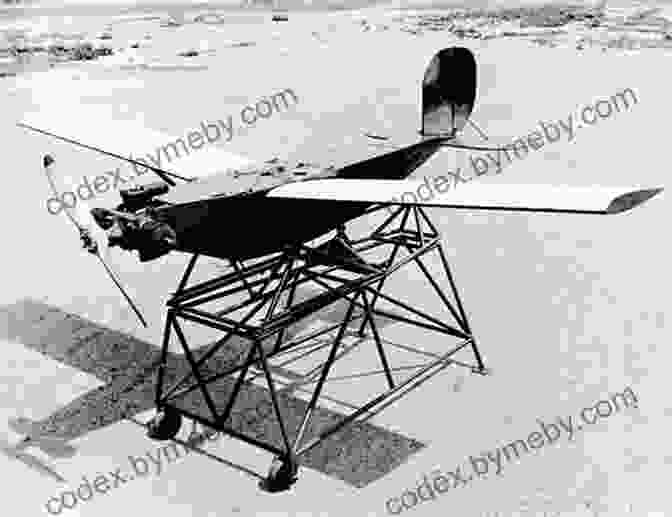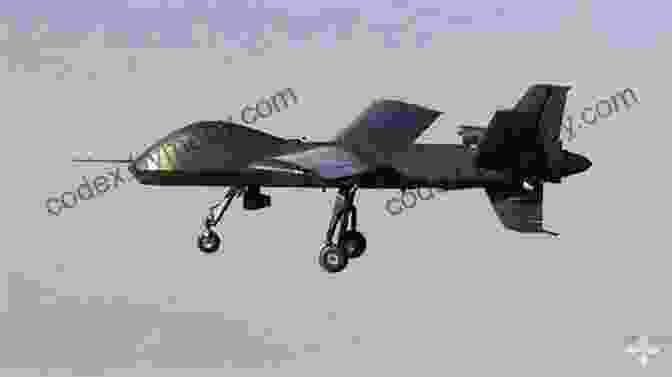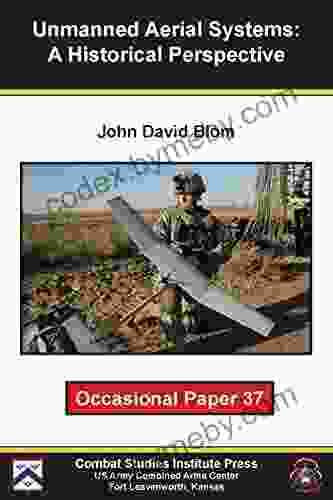: Tracing the Roots of Unmanned Flight
Unmanned aerial systems (UAS),commonly known as drones, have become ubiquitous in various fields, from military operations to commercial delivery. However, the history of these remarkable aircraft dates back much further than one might imagine. This article provides an in-depth historical perspective on UAS, tracing their evolution from humble beginnings to their current cutting-edge status.
Precursors and Pioneers: The Seeds of Unmanned Aviation

4.1 out of 5
| Language | : | English |
| File size | : | 4108 KB |
| Screen Reader | : | Supported |
| Print length | : | 316 pages |
The seeds of unmanned aviation were sown in the early 20th century. During World War I, the need for aerial target practice led to the development of small, radio-controlled aircraft known as aerial target drones. These rudimentary devices laid the groundwork for the development of more sophisticated UAS in the years to come.
Military Dominance: UAS in Warfare and Surveillance

As technology advanced, UAS played an increasingly prominent role in military operations. During the Vietnam War, the U.S. military employed reconnaissance drones to gather intelligence and monitor enemy positions. The Gulf War witnessed the of armed drones, such as the Predator, which revolutionized the conduct of air strikes. Today, UAS are essential for military surveillance, reconnaissance, and precision targeting.
Commercial Revolution: UAS for Industry and Everyday Life
In recent years, UAS have made a significant impact in the commercial sector. Our Book Library's Prime Air service utilizes drones for last-mile delivery, promising faster and more efficient package transportation. Other industries such as agriculture, construction, and search and rescue have also embraced UAS for their versatility and cost-effectiveness.
Challenges and Opportunities: The Future of UAS

As the use of UAS continues to expand, so do the challenges and opportunities they present. Regulatory frameworks must be established to ensure safe and responsible operation in crowded airspace. The integration of UAS into existing air traffic systems is paramount for seamless coordination and accident prevention.
Furthermore, advancements in artificial intelligence (AI) are poised to transform UAS capabilities. By enabling autonomous navigation and decision-making, AI has the potential to enhance the safety, efficiency, and autonomy of future UAS applications.
: A Historical Journey with a Promising Future
Unmanned aerial systems have come a long way since their humble beginnings as aerial target drones. Through military advancements and commercial innovation, they have become invaluable tools in various fields. As technology continues to evolve and regulatory frameworks adapt, UAS are poised to shape the future of transportation, surveillance, and countless other applications.
This historical perspective on UAS provides a glimpse into the rich tapestry of innovation that has led to these remarkable aircraft. By understanding the past, we can better anticipate the transformative possibilities that lie ahead for unmanned aerial systems.

























































































